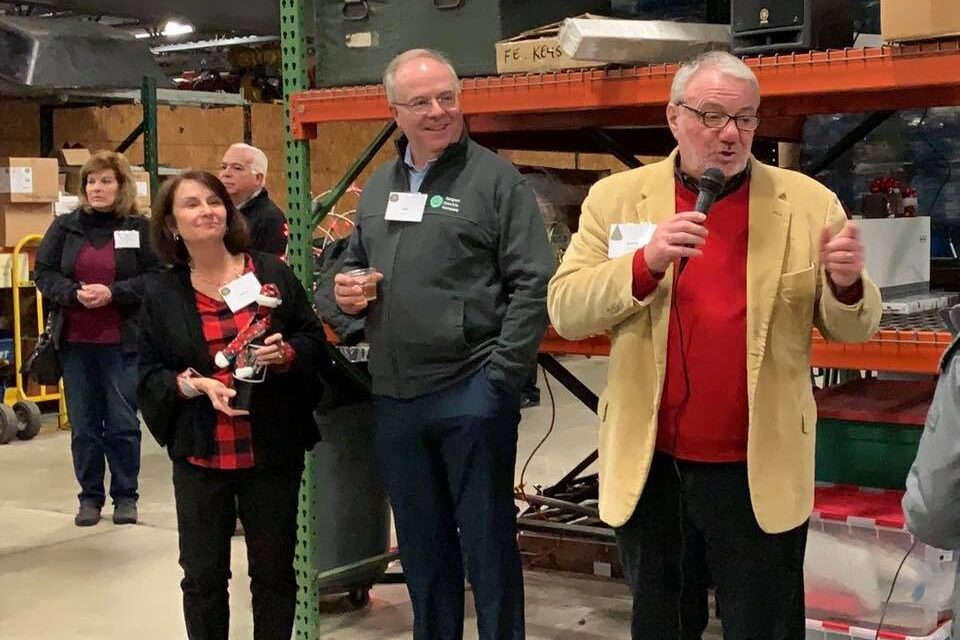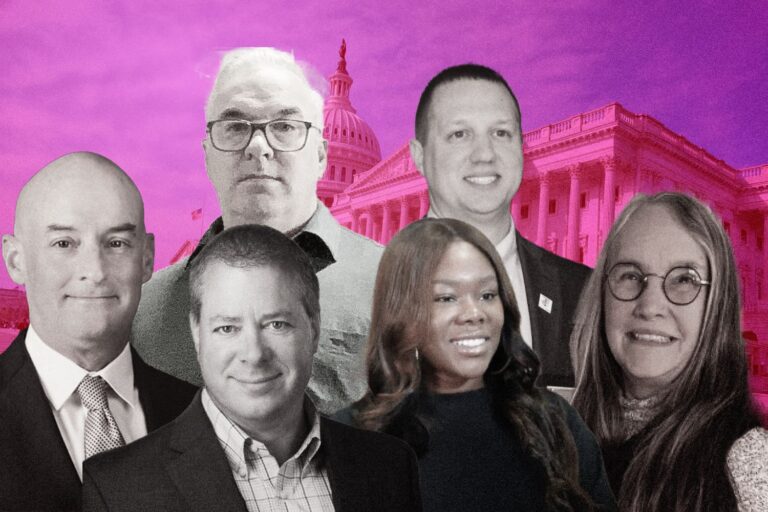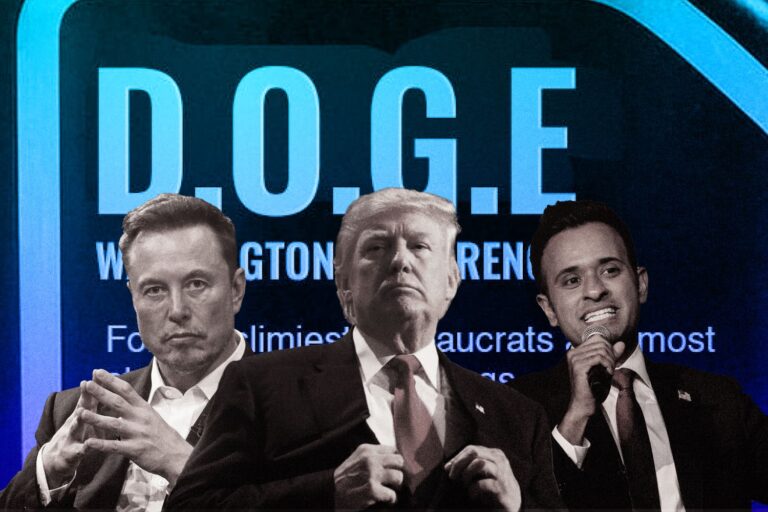Sargent Electric on Posing Industry’s Inadequacies & the Secret for Client Relations
Having been around for more than 100 years, Sargent Electric Company is a privately-owned electrical contracting company with approximately $111M a year in revenue, according to data from Dun & Bradstreet.
Rooted in Pittsburgh, Pennsylvania since 1907, the firm has evolved into one of one the largest specialty contracting companies in the region by serving all segments of the electrical contracting business, including residential and emergency services.
With a strong client base, the firm is known to be an old oak in the industry that has a primary operation in the Midwest and Northeast. And being deep-rooted in the scene, this is how it envisions and approaches many of the business’s challenges.
What Makes Bad Projects and the Secret for Long-Term Clients?
In an interview with Electric International, the firm’s head Rob Smith talks about how his company was seeing bad projects are born, how it copes with these challenges, and ways the teams nurture long-term clients by keeping them reliable with growth.
It is about how owners and general contractors need to pay sufficient attention to the design side of the project. Because over the last 30 years, people in this scene specifically are seeing a general deterioration of both the quality and the completeness of designs. As well as the general shift of the design responsibility and contract liability to lower-tier like subcontracts, according to Smith.
“I don’t want to generalize it. As Sargent has some great relationships with owners and general contractors. But across the board of the industry – on average, the trend for taking us for granted and charting the course without us is all too frequent.”
Most of the bad projects are born when other parties cut corners, for instance, they resist having a proper front-end design or adequate front-end planning as well as force to head on an impractical schedule and budget.
“We had promoted many great projects, but that can be a challenge for people that will still wind up wanting to cut corners and do more with less,” Smith adds.
While continuously experiencing growth over the course of its hundred years old, it is the company’s long-term clients that is key to such achievement. So, how does the firm manage teams to keep those relations not only reliable but also grow?
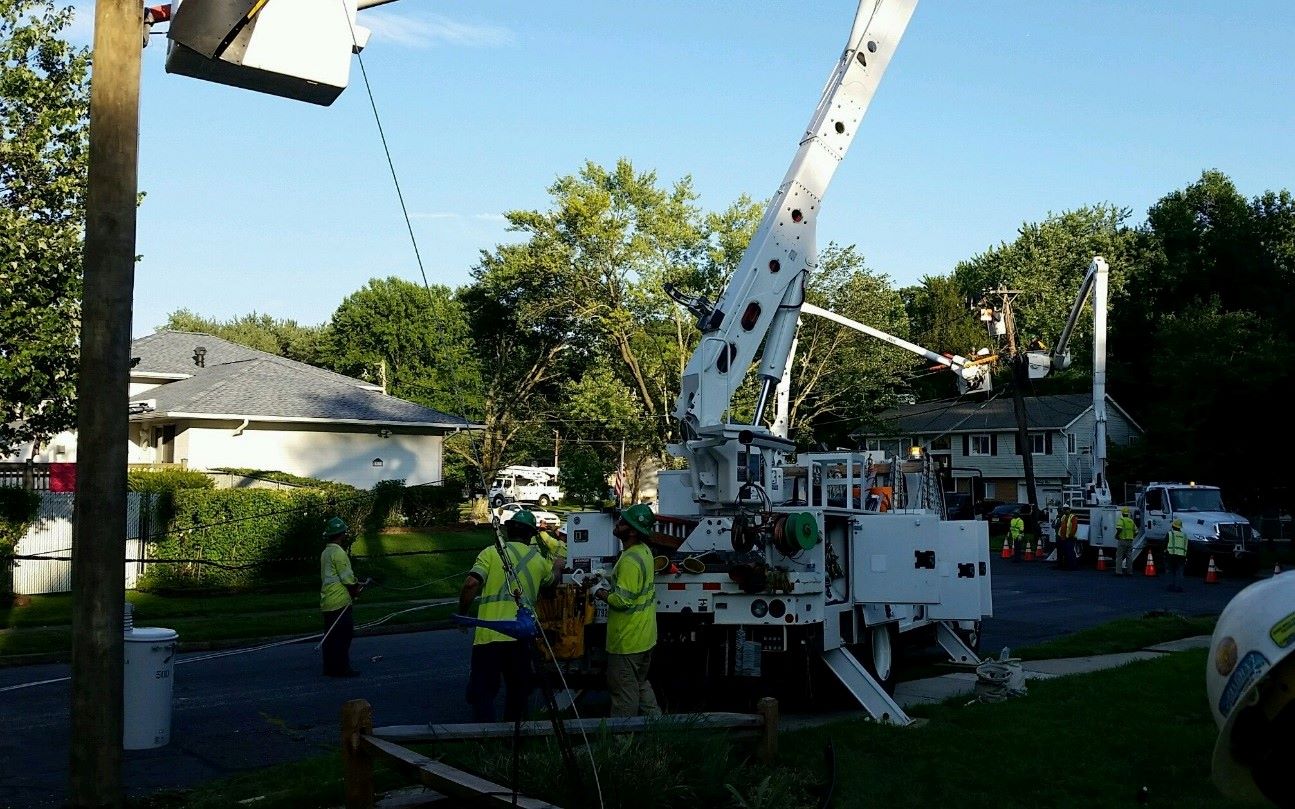
“The company does have clients that have been with them since inception, and even the operation has been through many changes through that time,” Smith explains. What the firm does is to treat every customer as a customer for life and it does so formally through a strategic account management process. Where it has a written plan that is integrated back to its strategic plan outlining how it communicates with customers – along with specific tasks and strategies that the firm wants to adopt to increase market share with customers.
“Helps us aligned and focus on doing the things we need to do to each week and each month to serve that customer over the long term. That’s how strategic account management has worked well for the firm over years.”
Besides clients, nurturing leadership traits among staff is as critical for them to be able to deliver that seamless process. The firm claims what it is doing is to have a proper-stated document that as onboarding new employees, they will be equipped with a guiding set of principles called The Sargent’s Ways. “That is a simple document that we think about as our lens in the decision-making at Sargent.”
The company’s chief also mentions a training program his teams have been joining – the Next Academy for leadership. “Our current and future leader are on that program, and I highly recommend that for peers in the industry.”
What Could Be Done to Propose Better Operations?
In an industry where many parties do cross-work for each other if you are expecting a better environment and procedure, it has to start with raising awareness. Besides matters on the pandemic, over the next three to five years there are two certain topics that Smith is looking forward to seeing new research and development coming out – which is design procedure and staff training.
“I do think that the design that we talked about earlier is important,” he addresses. Since this is an issue that has effectively a hundred percent impact on how companies deliver projects and because this is a norm in this environment – if we cannot yet eliminate it, there should be actions. There should be discussion amongst the industry to help contractors across the board figure out how to be more sufficient and convert better outcomes within a scenario where designs are getting poorer along with less complete information – which is also required to be delivered in a tighter schedule.
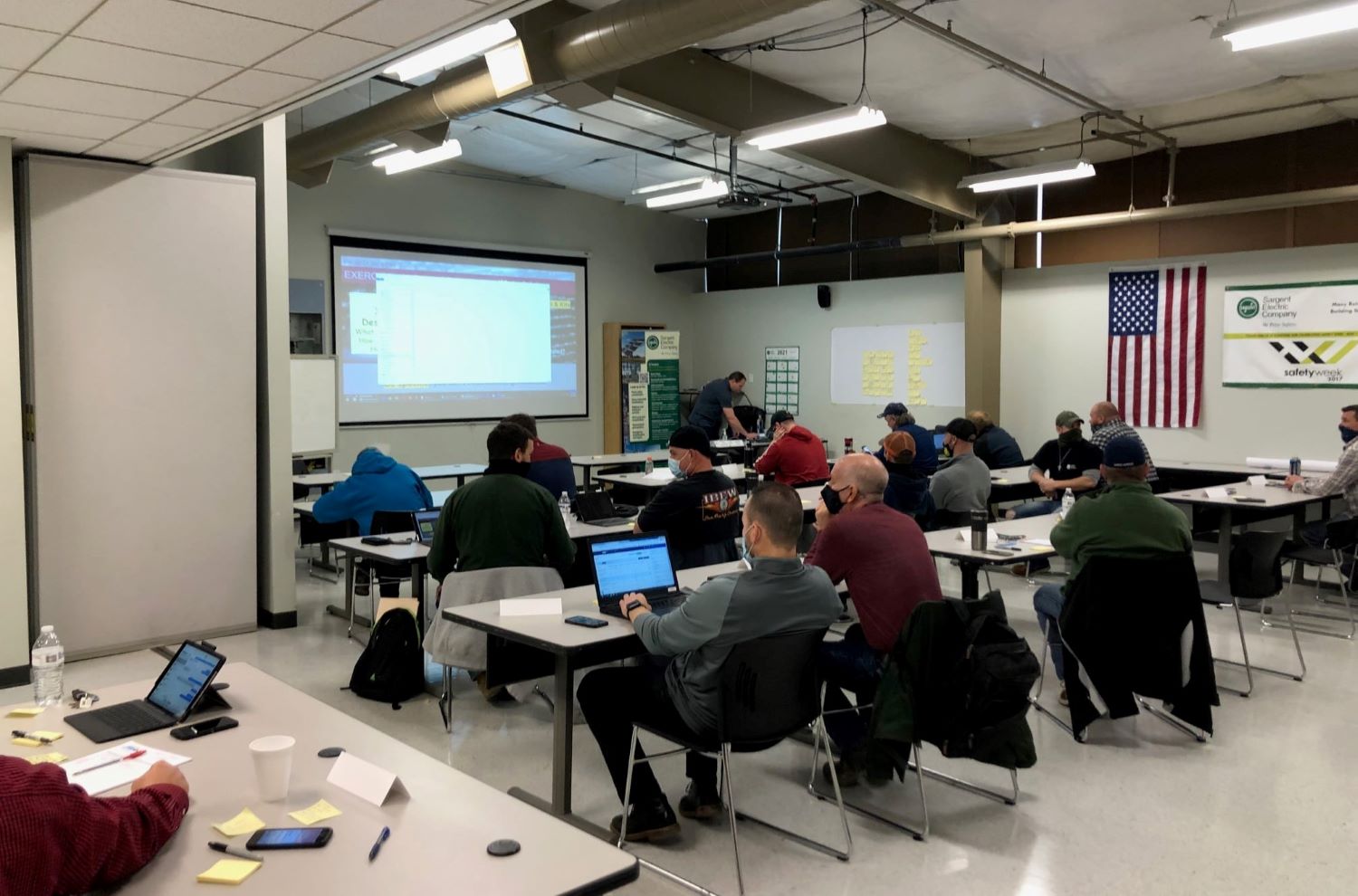
“We clearly got the modifier work practices and work processes but make sure people understand how to adapt to the challenges in the environment they were going to face, I think that would be one area.”
The second area is advanced and updated training for project managers whether it be communication, business savvy or commercial practices.
According to the chief, small contractors cannot afford to have a Learning and Development officer or specialist, therefore, it would be immensely powerful if they recognized how important it is to reach out to learn and upgrade their system. How average contractors get better at project management, at reflecting chain orders and managing receivables will contribute to the overall development of the industry and scene.
Smith mentions a project Sargent has been producing with Construction Safety Week. “I love these shorts a few minute videos that we produced in the last couple rounds of research. I think that is the future that electric can help contractors get better with.”
Lastly, to manifest all of that transformation it is critical for contractors to join communities and networks. Sargent’s chief recalls he has considerable experience in engineering, construction, and maintenance projects – the background that has helped a lot in providing solid perspectives in evaluating customers, new opportunity, business view, and changes not only for the company but also for the community in its area.
The networking he finds invaluable. “It is the exposure to best practices in the industry research and I think that’s really critical to us and I know I’ve got a number of electric studies here in my office. When you’re with a group of people talking about best practices and talking about the future you will get stronger, and I think those are some of the key things that my team brings home and to the table.”
Commitment on the Two Core Leadership Values
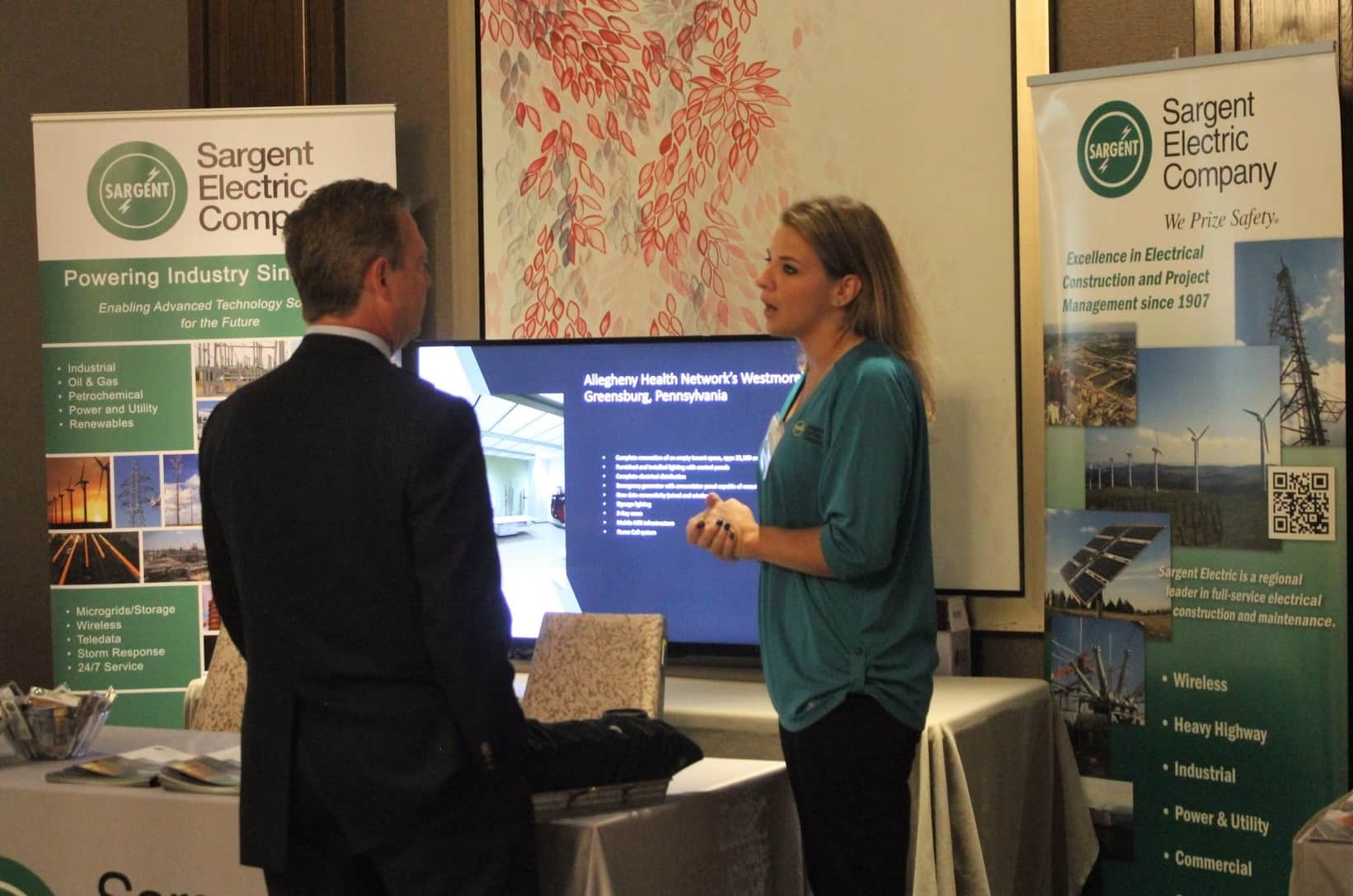
Anyone in the industry knows some certain questions in running a company today, but the pace of change in the market coupled with the shifting workforce, this upcoming era has really created the most interesting challenge for many players, according to Smith. “Along with the pandemic which only accelerates changes that are already occurring in both our organization and our customer’s organization.”
Therefore, more than ever the quest for leaders to be nimble and agile to lead new waves – becomes a fundamental solution. To be someone that is in charge and gets it done or to lay back and let teams do the work. How does the Sargent’s leadership do it?
“I am actually somewhere in the middle,” Smith explains in the conversation.
There are lots of leadership styles when you look across the industry that can be effective. But with the pace of business today as well as the pace of change we have in the marketplace; you need to have a leader that has a bias for actions – who are willing to get things done – because how you get it done will become a supporter when you talk about style.
“I would say that I lean toward a collaborative style – I want the team to be bought into the decision that we made. I want them to understand why we doing what we do. While I make the decision, I want everybody to know why they are moving toward that direction and realized they are part of the solutions.”
There are two leading values that Smith and Sargent as a whole are practicing and preserving.
The first one is all about respect and reciprocity. They have spent a lot of time talking about respect – to set a tone to treat employee and stakeholders with respect, “for they be your customers, your partners, your suppliers, employees, families or the public we encounter.”
It makes you a good listener with every person you encounter, moreover, their perspectives would make you stronger and make better decisions. “They also remember this and treat you with respect back which I can pay dividends later in the relationship,” Smith concludes.
The second one, he says, is how the company is on the run and its intense focus is on accelerating the development of staff on multiple levels. Developing the next generation of leaders is the most pressing priorities that barely gets attention within this industry – regardless of how essential it is.
“We commit and have discipline on taking every-week effort for Learning and Development as well as investing energy and time on our people every month with varied topics, in addition to the day job.” What he suggests is some quiet time for contractors to reflect on where the operation is heading, as important as delivering new projects – being able to navigate the route would help the company stay away from the cliff.
At the firm, it expects to see new generations of leaders both from within and outside of the company. Because removing the limit in hiring is one of the ways to convert best outcomes. Bringing people in from the broad market would richen the firm’s experts’ viewpoint and make great conditions for ‘magic to happens.’
On Further Investment and Core Focus

More specifically on the firm’s operation, in an interview with BizJournal, former CEO Gary Groom and current chief Rob Smith talk about Sargent’s vision in the market.
Moving forward, the company’s focal point in utility businesses and industrial power will be elevated by maximizing new opportunities. As its chief puts it, the firm’s strengths will be powered by lower energy costs and a business-friendly environment that promises investment in the industrial, infrastructure and power sectors.
“Those are places where Sargent can play,” Smith says.
Nimbleness is crucial in order to take advantage of opportunities to accelerate Sargent’s growth as the industry evolves and becomes more technology-intensive, he said. Smith pointed out Pittsburgh’s development as a center for autonomous vehicles.
“Cities will need smart infrastructure,” he said. “That’s electrical engineering, instrumentation and sensors. We want to continue to grow the core things Sargent’s been doing. But I look at the trends and I feel there’s going to be a strong book of business for companies that are able to adapt to the changing world. We’d like to participate in some of the early trials and tests that are going to be done, perhaps building things at the universities or the Energy Innovation Center.”
The chief claims the company’s strategy, for now, is to centralize organic growth, making acquisitions is still in consideration.
“We’d consider looking at opportunities as they might present themselves, or to joint ventures or forming partnerships that help us develop the best value for our customers,” he said.
With operations in Terra Haute, Indiana, and Chicago, Sergent may also open more offices to address its nationwide presence.
The Bottom Lines
We are seeing how learning and development are more than ever a core priority, or at least that is what Sargent’s leadership team insists on and is doing grand efforts to commit to in order to thrive.
In this case, the company has made its mark as one of the seasoned players in the space, not only by delivering great projects but also by raising questions, practicing discipline, and being an enthusiast in networking.

